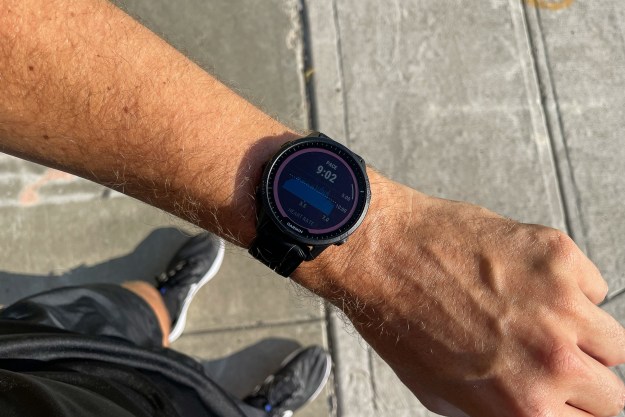Here’s a scenario scary enough to warrant a horror movie: An artificial intelligence that is able to accurately predict your chances of dying in the next year by looking at heart test results, despite the fact that the results may look totally fine to trained doctors. The good news: The technology might just wind up saving your life one day.
“We have developed two different artificial intelligence algorithms that can automatically analyze electrical tracings from the heart and make predictions about the likelihood of a future important clinical event,” Brandon Fornwalt, from Pennsylvania-based healthcare provider Geisinger, told Digital Trends.
In addition to the likelihood of death in a year, the algorithms can also predict the development of an abnormal heart rhythm called atrial fibrillation. The neural networks were trained on a data set consisting of 1.77 million electrocardiogram (ECG) results from close to 400,000 people. These electronic health records date back more than 20 years. They allowed the system to find links between heart data and similar results which previously indicated impending death or the development of AFib.
The A.I. was able to accurately make its predictions even when looking at readings that cardiologists considered to be perfectly normal. Three cardiologists who reviewed the ECG data were not able to spot the risk patterns noticed by the A.I. algorithms.
“Currently, it is very difficult to know exactly what a neural network is using to make accurate predictions,” Fornwalt said. “However, this is an intensely active area of investigation where new techniques are emerging to help us better understand exactly what the neural network is leveraging to make accurate predictions. It will be particularly important to understand what the neural network is using to make accurate predictions of mortality from electrocardiograms that are interpreted as completely normal by a physician. This may provide us with new insight about how to improve our interpretation of this widely used medical test.”
The researchers’ next step is to modify the algorithm to make it, well, a bit more hopeful. That means working to add treatment variables that can help predict reductions in mortality if patients optimize or undergo certain therapies. For the atrial fibrillation model, they are designing a clinical trial to determine whether it could be used to spot this condition earlier. In doing so, it might be possible to reduce the risk of adverse events such as strokes which are highly associated with atrial fibrillation.
Editors' Recommendations
- Freaky new A.I. scans your brain, then generates faces you’ll find attractive
- Neuro-symbolic A.I. is the future of artificial intelligence. Here’s how it works
- New ‘shady’ research from MIT uses shadows to see what cameras can’t
- You can now moonwalk on the moon with Nvidia’s A.I. and ray tracing tech
- MIT and IBM’s new A.I. image-editing tool lets you paint with neurons


